Unless you consider yourself a makeup guru, knowing the uses of different makeup products can feel overwhelming. Even if you’ve been wearing makeup for years, you may not know exactly what the purpose of certain products are, or where they should be placed on the face.
That brings me to two items that often cause confusion for the novice makeup wearer: Blush and bronzer. But don’t worry if you find yourself feeling unsure about these products – I made this definitive guide on blush and bronzer to help you get the most out of your makeup routine!
Read on to learn more about these makeup staples and brush up on your beauty knowledge.
Bronzer vs Blush – What’s the Difference?
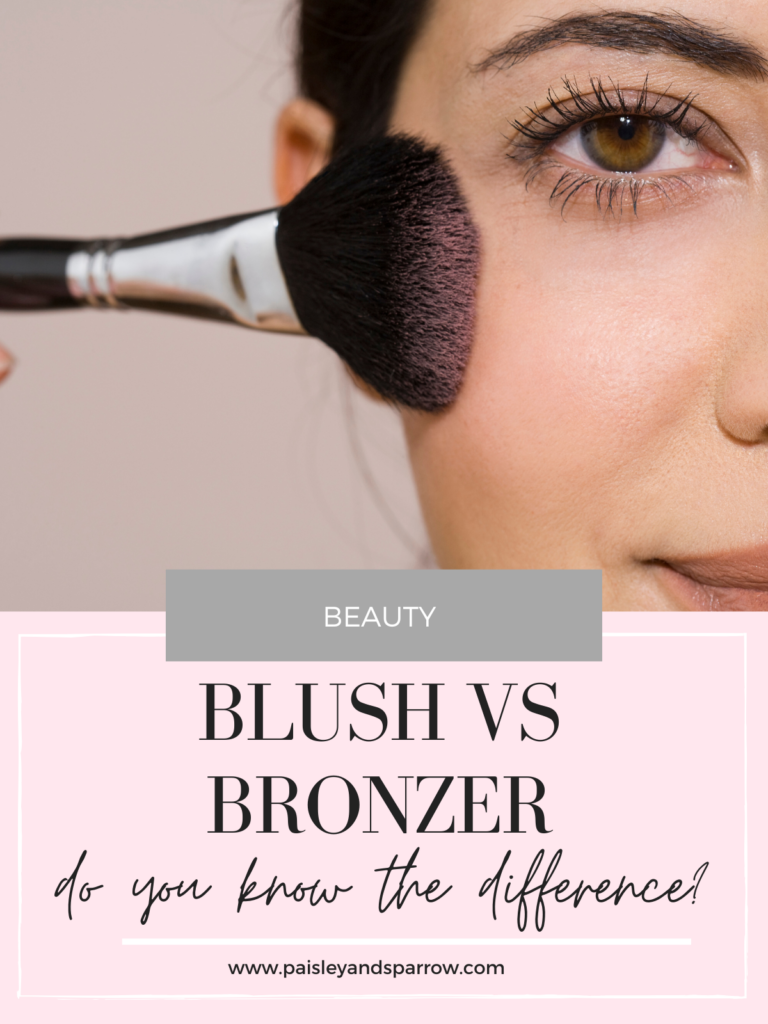
What is bronzer?
Bronzer is a makeup product that is intended to add warmth to the face. It typically comes in the form of a pressed powder.
It can be made with a matte finish, but oftentimes will have a shimmer finish. It comes in varying shades of tan and brown. The best shade of bronzer for you depends on your complexion and the level of warmth you prefer.
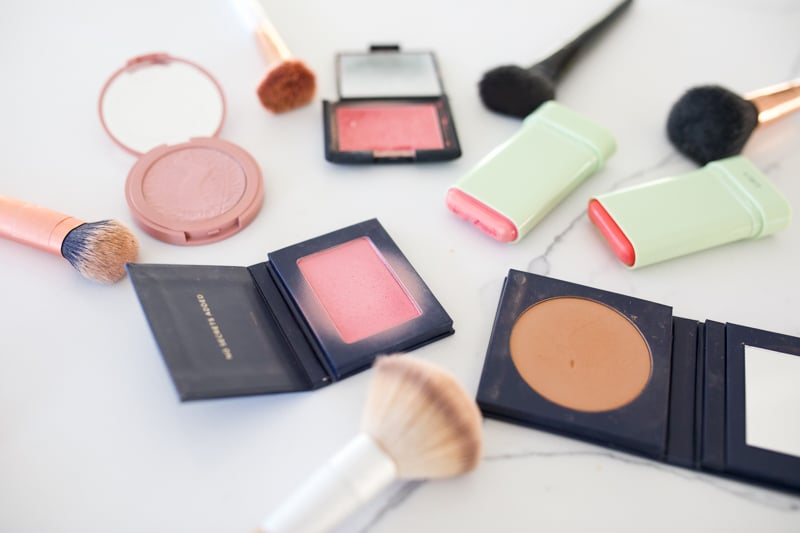
Tip: For the most natural look, makeup experts recommend choosing a bronzer shade that is two to four shades darker than your natural skin tone. Opting for a shade too light likely won’t have much effect on your skin, and picking a shade that’s too dark can end up looking dirty or muddy on the face.
If you need help deciding what shade is best for you, retail workers in makeup stores are very knowledgeable on this topic and can help you choose the right shade of bronzer for you!
What is the purpose of bronzer?
Bronzer is designed to add warmth and dimension to your makeup look. Many people desire a sun-kissed look, and correctly applied bronzer can help achieve that. If you’re the type of person who loves the feeling of a fresh tan, adding bronzer to your makeup regimen is definitely a good idea!
Did you know? Bronzer and contour powder are often confused with one another, with many people mistakenly using bronzing products to contour their face.
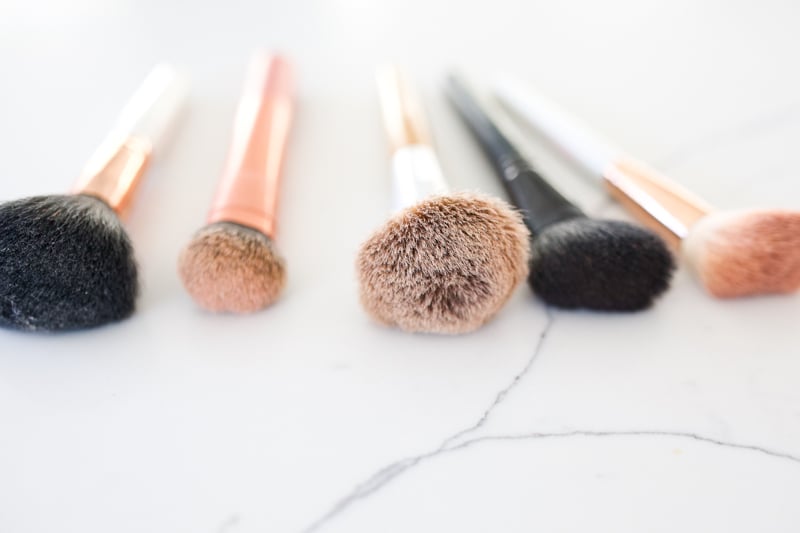
I could write a whole separate blog post on contouring techniques, but for the sake of this post I’ll keep it short and sweet: Due to the fact that bronzers have such a warming effect, they can look very harsh and unnatural when used for contouring.
When chiseling out your features, opt for a product that is meant for contouring, which will likely come in a cooler, more natural brown shade.
Where is bronzer applied on the face?
Generally you want to apply bronzer by lightly brushing it on the tops of the cheeks, the top of the forehead, and maybe even the bridge of your nose if you want a really sun-kissed glow. It can be easy to get carried away with bronzer, so remember that a little goes a long way!
Tip: Think of all of the first places that get color after you spend a day out in the sun. This will give you a good idea of what areas of your face would give you a more natural look with bronzer applied.
Apply a small amount of bronzer to begin with and see how it looks, then build from there if you feel you could use more warmth.
What is blush?
Blush is a type of makeup that generally comes in shades of pink, red, or sometimes even brown or purple. It is commonly made as either a pressed powder blush or cream blush. Depending on the form it comes in, it may have a matte, satin, or shimmer finish.
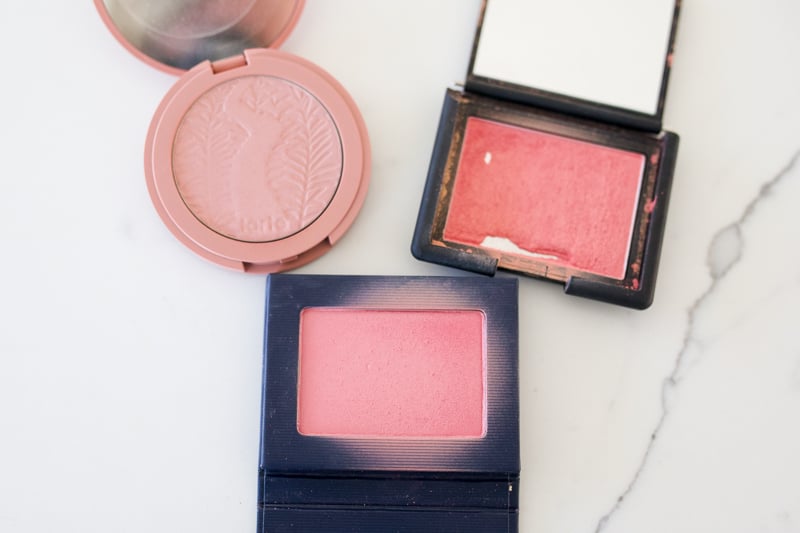
Tip: It can be fun to experiment with many different shades of blush, but for the most natural flush, many makeup experts recommend choosing a blush that has the same undertone as your skin type.
(For example, some common undertone families are warm, cool, neutral, or olive.) As mentioned earlier, if you need help determining the right shade of blush, a makeup store employee will likely be able to assist you in your selection.
What is the purpose of blush?
During the standard makeup routine, foundation will be applied before blush. The purpose of foundation is to even out skin tone, but oftentimes foundation alone can leave the skin looking flat and one-dimensional.
The purpose of blush is to give the color of your cheeks a flushed look. By adding blush to certain areas of the face, you bring life and color back into your appearance.
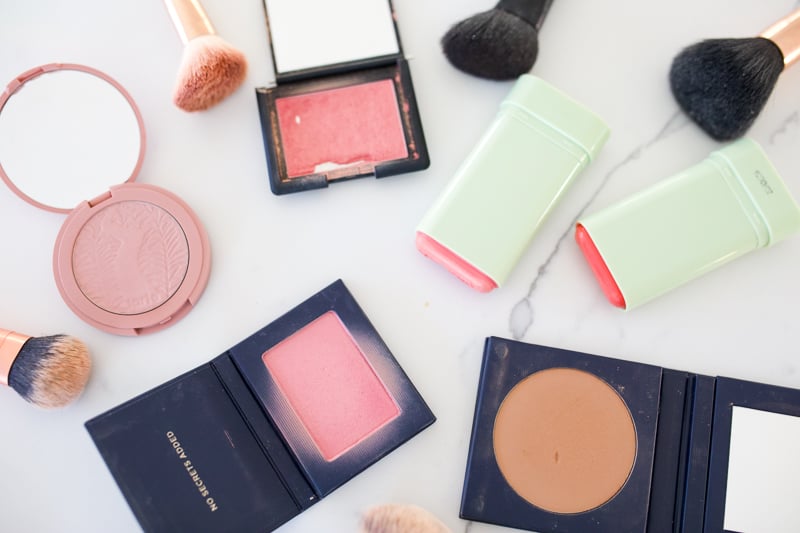
Where is blush applied on the face?
Blush has traditionally been applied on the apples of the cheeks, but the more recent trend is to apply it on top of the cheekbones. The best blush placement can vary based on your face shape, but essentially the goal is to add some color back into your face in the area that looks most natural for you.
Here’s a quick guide based on your face shape:
- Oval face: center of cheeks in circular motions
- Square face: on apples of cheeks closer to your nose, extend out to your hairline
- Round face: directly below the apple of the cheek, horizontal towards hairline
- Heart: start on the low side of the apple of the cheek, extend towards hairline in a c shape
Tip: Try not to apply blush too low on the face as this can look heavy and unnatural. Applying blush around the cheekbone area can create a lifting effect. (Insta-facelift? Yes please!)
Can you use blush and bronzer together?
You can absolutely use blush and bronzer together! While these two products are applied in similar areas, they each serve a separate purpose. Blush is meant to add life back to your face, as if you have naturally rosy cheeks. Bronzer is meant to add warmth to your overall makeup look, giving you a sunny glow.
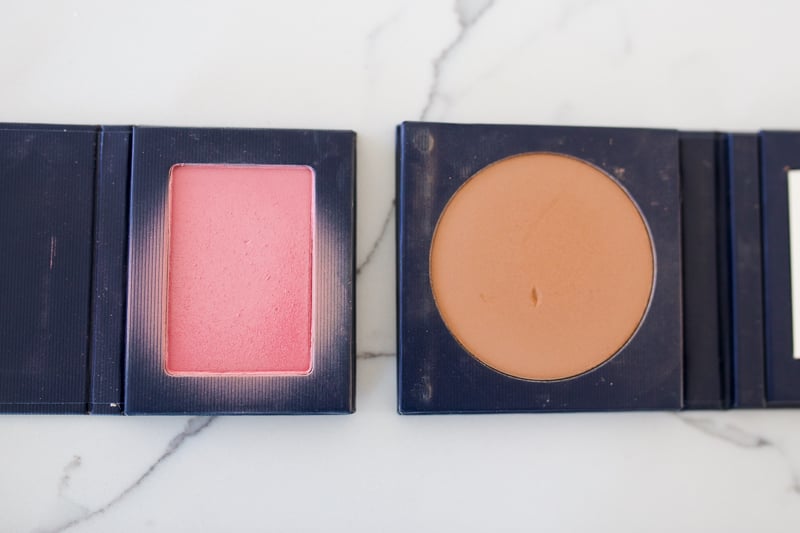
One thing to keep in mind is how your blush and bronzer shades compliment each other. For example: if you have a very cool-toned or purple-hued blush and you pair it with a very warm, orange-hued bronzer, the two may clash when applied next to each other on the face.
For a cohesive look, try to stick within related color families when selecting your makeup shades.
Brushes: What’s the difference between a blush brush and a bronzer brush?
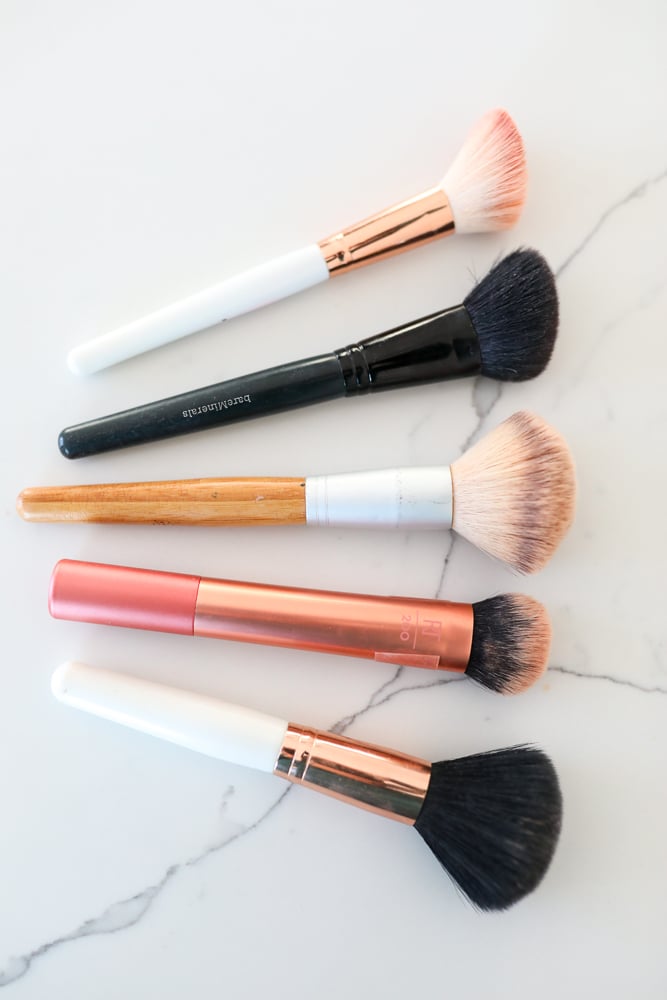
Truthfully, you don’t have to use a specific makeup brush to apply blush or bronzer. There are no hard and fast rules when it comes to makeup! But generally speaking, for the best results, both can be applied with a large, round, fluffy powder brush.
The right brush allows you to apply a small amount of product to a larger surface area without over saturating your skin with color. You can experiment with brushes of different density and bristle length and find what works best for you and the type of makeup that you’re using.
That being said, sometimes you will see cream products in particular be applied to the apples of your cheeks with a long-bristled fluffy brush. This allows a bit of extra bend in the bristles when you are applying product, helping you achieve a more subtle application.
Remember, we want to go for a natural look, and if you apply with too heavy a hand you may look like you just ran a marathon!
*Don’t forget to clean your makeup brushes! Here’s how!
History of Blush and Bronzer: Did you know?
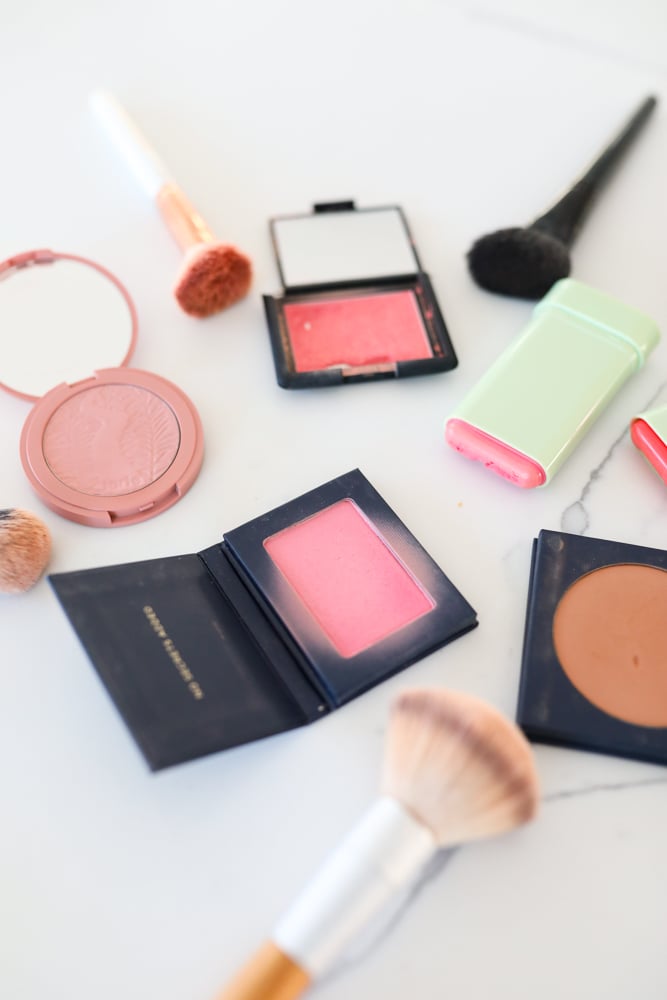
Why do people like blush?
Studies show that the human brain associates blushed cheeks with youth and health. Having a little color in your face signifies wellness and vitality. Whereas having no color in the cheeks is associated with dullness and lifelessness.
Fun Fact About Blush:
Blush was likely invented by the ancient Egyptians. Records show that the one and only Queen Cleopatra would pinch her cheeks in order to bring a flush of color to them. This started a trend, and Egyptian women everywhere were pinching away at their cheeks trying to achieve that youthful rosiness.
Eventually, this evolved into the creation of the first blush product, or cheek stains, which was likely made from a mixture of animal fat and red ochre pigment. Our makeup products have definitely come a long way since those days!
Origins of Bronzer:
Up until the 20th century, it was considered very unsightly to sport a suntan. This was due to the fact that low-class field laborers were always tanned from long days in the sun, so upper class ladies were expected to have fair skin.
It wasn’t until the 1920’s that tan skin really started to become fashionable. From then on, healthy tan skin was all the rage, becoming especially popular in the 1980’s.
Products like tanning lotion and bronzer were flying off the shelves to help people achieve that healthy glow, without the negative effects of too much sun exposure.
Try using blush and bronzer on yourself!
Even if you’re a seasoned makeup expert or makeup artist, I hope this post gave you more insight into the world of blush and bronzer.
And if you’re a new makeup user, I hope I helped inspire you to go out and experiment with blush and bronzer yourself. Remember, makeup is supposed to be fun – don’t take it too seriously, and find what works best for you!
Want to learn more? Check out one of these!
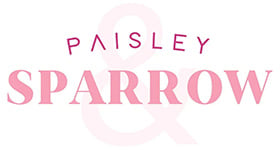
I understand blush & bronzer uses.
I am not sure about contouring &
If a bronzer is also utilized for it.??
Please advise.